
Photo by Saulo Mohana on Unsplash
At the beginning there was Simon. Released in 1992, the first smartphone, which came with 10 basic apps and an hour's battery life, only sold 50,000 units. “Dispatchit” was the only application developed by a third party for Simon, marketed at $ 3,300. And you had to host the host on your own server to use it. It is therefore difficult to imagine that the smartphone will become the universal tool of professionals and individuals, so customizable that the term "tool" no longer reflects reality.
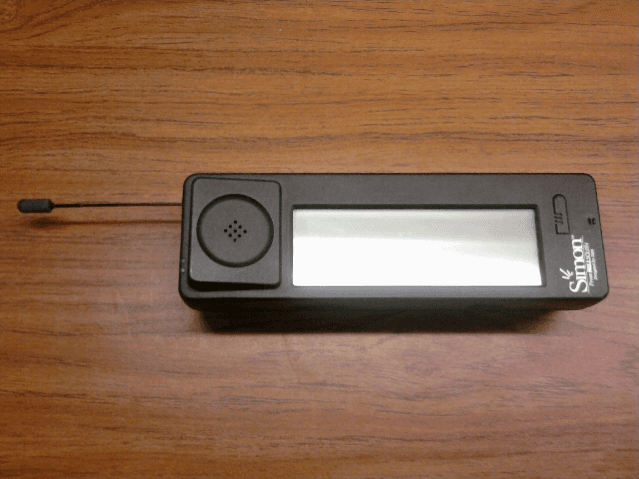
IBM Simon — Wikimedia Commons
Now applications have become tools, and smartphones their platforms. It is Apple that, with its App Store launched in 2012, allows users to define for themselves how they relate to their smartphone. No more sets of pre-installed features, everyone can draw from a catalog that is growing every day, and thus assign different uses to their device.
Obviously, what constitutes a good app is not immediately identified. Before the market fully grasped the interest of mobile applications, two pitfalls developed in parallel: user-side gadgetisation and the race to showcase the business side. For brands it was only an additional communication space, sometimes struggling to replace the “responsive” mobile site. However, in recent years, apps have become more mature.
The consumer market: trendsetter
When the stores opened, all companies wanted their “app” because they were afraid of missing out on the mobile phone. Mobile apps were seen as the unmissable new innovation and it was necessary to quickly offer something to its customers, often by simply replicating the existing website. This is how the number of mobile applications rose from 500 in 2008 to 200,000 in mid-2010 (App store).
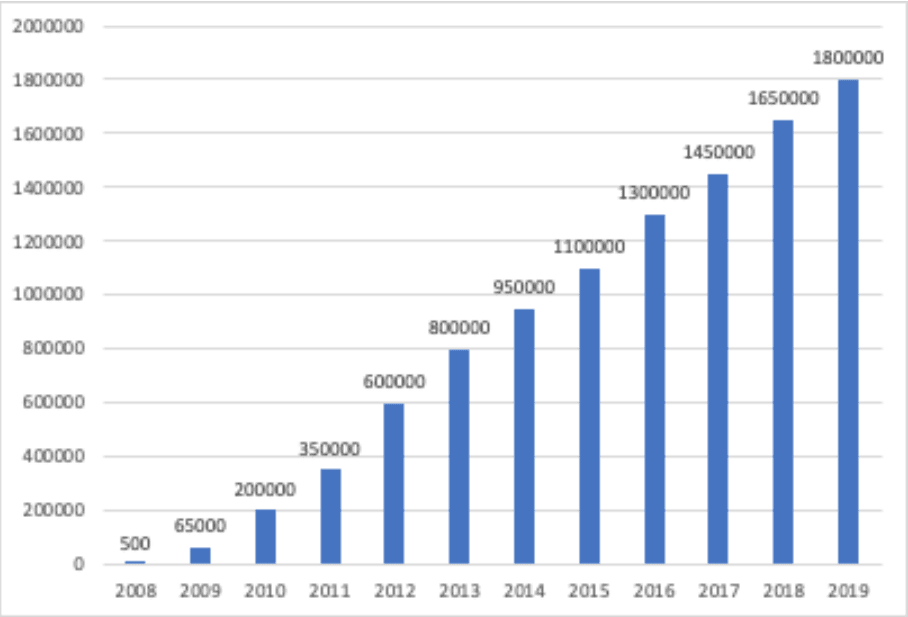
Number of apps on the iOS App Store
From 2015, we see a slowdown in the market for mobile apps, and although their number continues to increase, many users are uninstalling them to save space, avoid duplication or simply because responsive websites are become good enough. This is what this article from Lemon Squeezer pointed out in 2016. Similarly, the major applications have lost notoriety as SensorTower showed in its study on downloads: in 2016 the 15 most popular applications lost 20%. download in 1 year.
Yet mobile apps are far from dead and much of their salvation is due to the long tail. In other words, it is no longer a few leading apps that make the market, but thousands of apps that each meet a specific need.
The majority of the first wave of applications do not really seek to exploit what is the strength of apps, such as the capabilities specific to smartphones (moving geolocation, camera, etc.) or offline access. It was in a second step that pure player apps carved out significant market shares. The most efficient are those which focus on an innovative proposition, seeking to create new uses among users. This is how new ways of interacting like Instagram (a kind of Facebook but thought for mobile) are developing. The app becomes a concept in its own right.
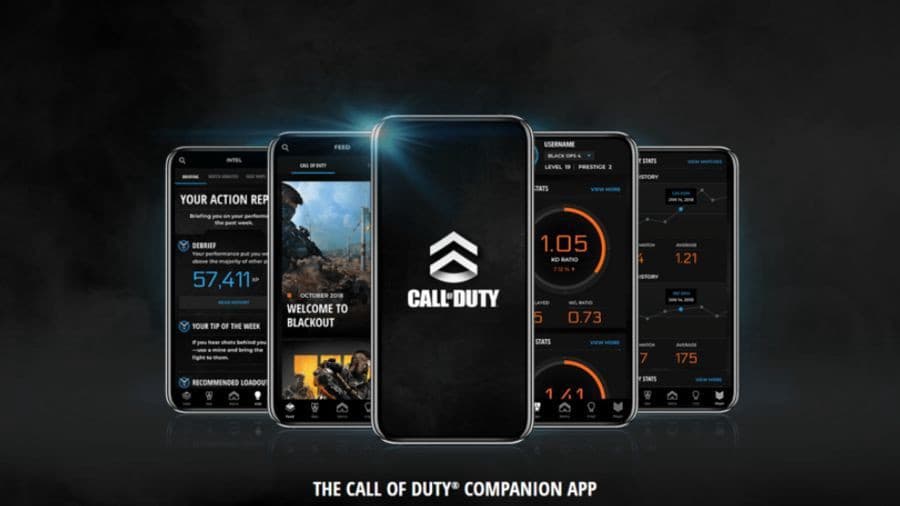
The companion app Call Of Duty
Then, with companion apps, brands decide to approach app in a new way, with a strong value proposition that speaks to their most engaged audience. The apps offer consumers alternative avenues of engagement, for mobile situations where the primary engagement channel is not accessible, by creating new experiences. The video game sector seems to have understood this issue the best. In a shooter (“Call of duty companion app”), we prepare the equipment that will be used for the next game session. In a car racing game, we prepare the vehicle with for the next race that the we will do when we get home from the office.
The others are not left out, however. Moulinex, for example, offers an application that can control its more sophisticated models, but also offers recipes that make the most of the functionality of the device, even with a shopping list. In all these cases, the customer experience is enriched and the companion application becomes the vector of significant added value.
And when this kind of synergy is placed at the center of a product's value proposition, you enter the wonderful world of the Internet of Things: connected objects. Eventually, each element of our environment can be equipped with electronic components allowing it to be connected to a network.
The business / business application
An ever-growing number of companies engaged in digital transformation are developing their own tools, in the form of mobile applications. Each type of tool thus created, integrating digital solutions into ordinary business processes, also offers an additional area of development, data. The company will generate and collect a very large volume of data, which it can then analyze and use to improve its services
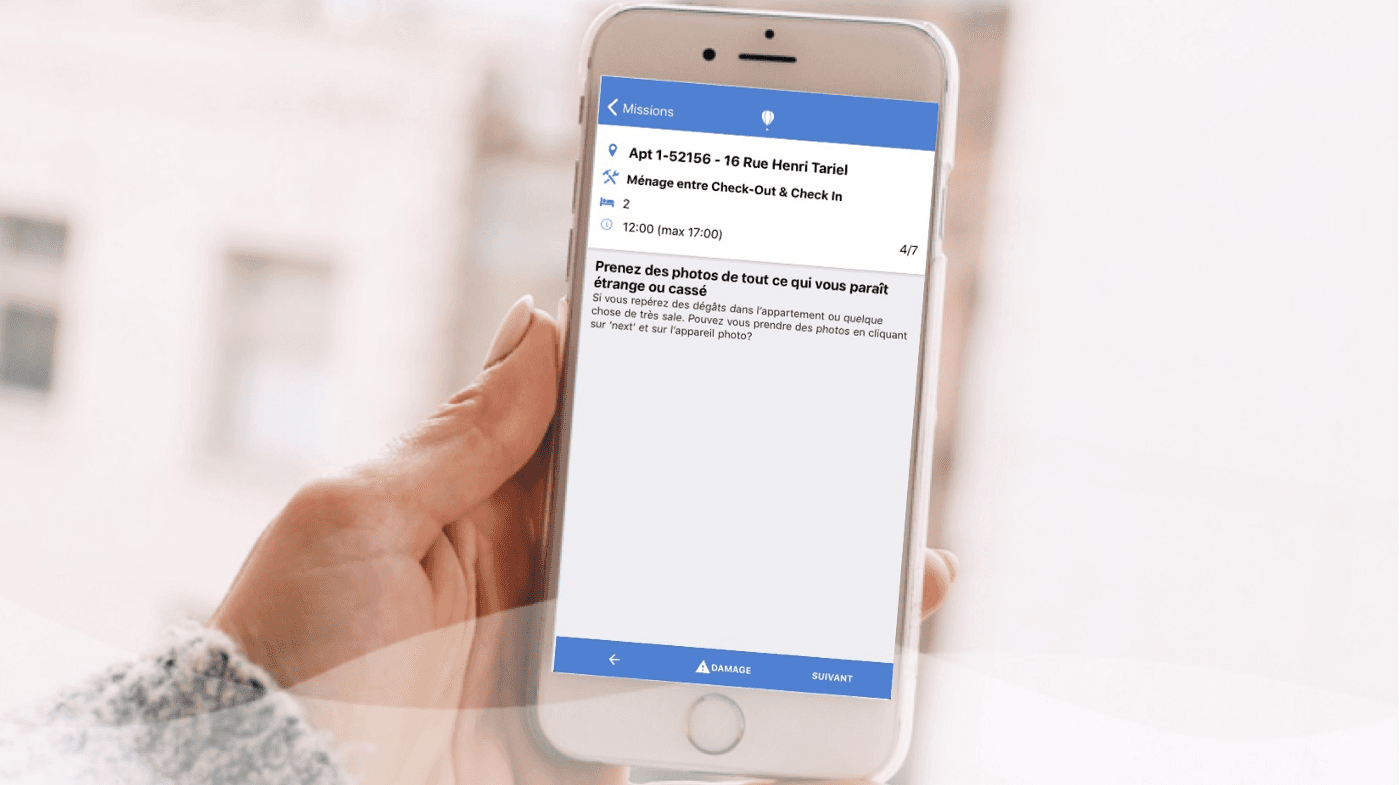
L’application HostnFly pour ses prestataires
An example of a very effective internal application is the one developed for the services of HostnFly. This Airbnb concierge notably manages the cleaning of thousands of apartments in France. This is why they called on CapSens to develop an operational management application. Downloaded by cleaning service providers, it presents them in the form of a daily “to do” list of the apartments for which they are responsible. It has all the access peculiarities (entry code, floor). The inventory module allows you to take photos that will be automatically classified according to the address, and even allow you to quickly report any type of inconvenience. On the operations management side, team leaders can more easily supervise employees in the field.
HostnFly only uses one mobile app internally but other companies use a multitude of them, which is why “intra-organization stores” have sprung up. Managing the deployment and maintenance of these large-scale applications then becomes a real logistical challenge. It is with this in mind that services such as those offered by Appaloosa fit into.
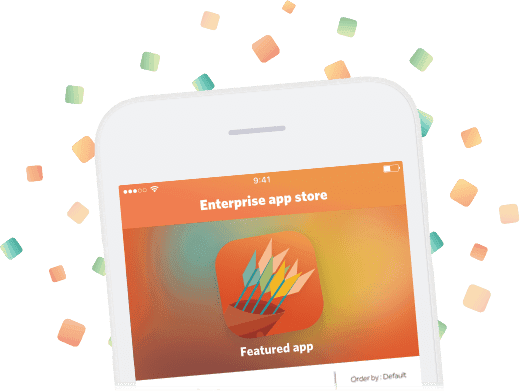
Appaloosa
A subsidiary of Octo Technology, born as an internal tool, the firm offers a simplified solution for managing a fleet of business applications. She works for BNP Paribas, Leroy Merlin and Vinci. All you have to do is upload your own applications to the platform, which, once installed on employees' mobile devices, will allow them to interact as with a traditional app store. Installing and updating applications will be done independently, and users can even leave comments and ratings. Like Appdome, Appaloosa also offers to merge your applications with its SDK (development kit) and MAM (acronym for mobile application management) functions for an optimal user experience, making the applications more stable. and secure. Thus, the employee can even choose to install these applications on his personal device.
The potential for the development of applications, the next trend of which will undoubtedly be the IoT, is still immense. No sooner will we have mastered the issues and challenges of current platforms, than we will have to face new ones such as interoperability, predictive maintenance as well as huge amounts of data. When our toothbrushes film the inside of our mouths, our fridges will be our home automation hubs, and our forks will tell us if we eat too fast (okay, I'm exaggerating), mobile apps will be nothing more than a device. among dozens of others.

